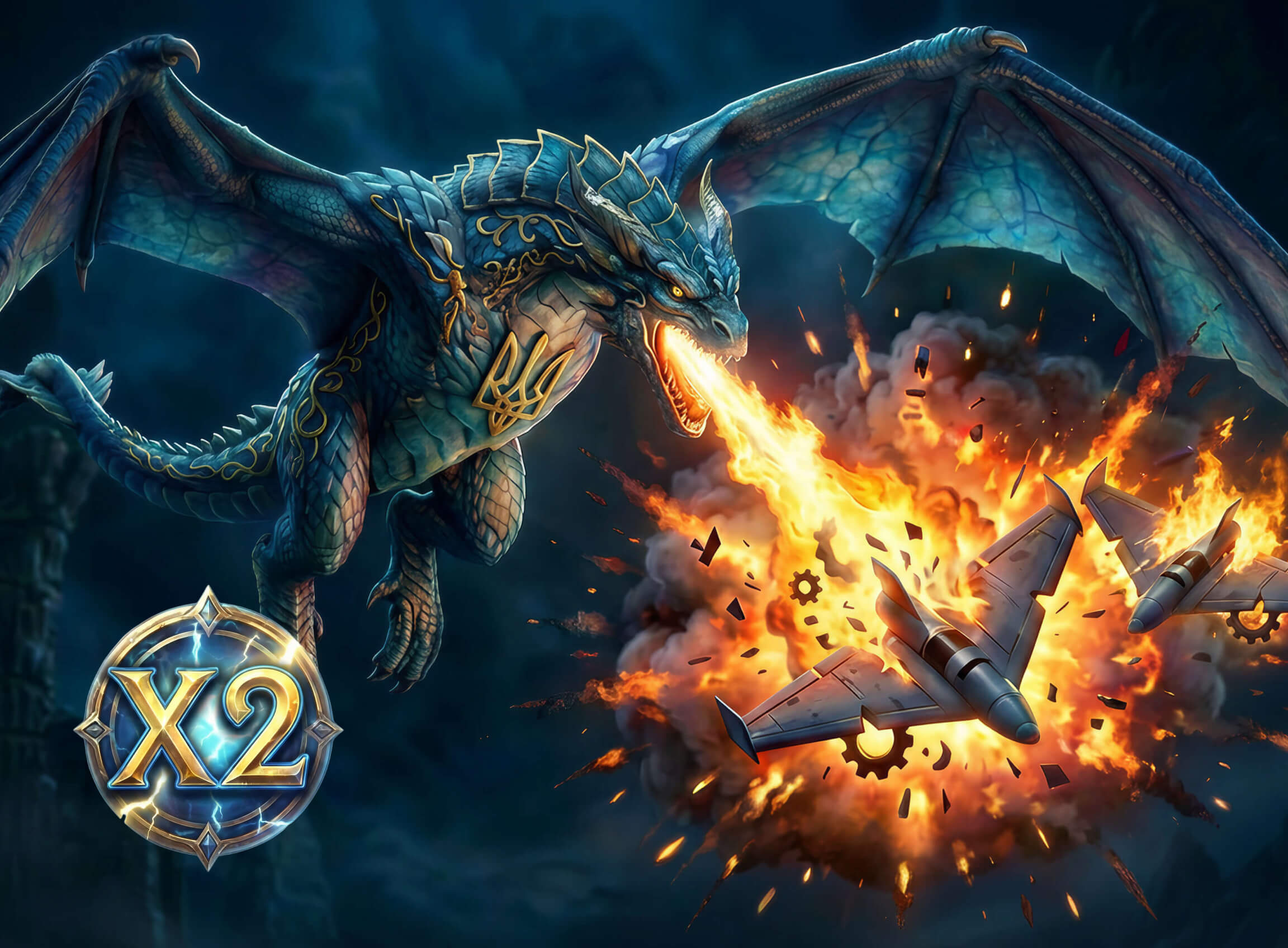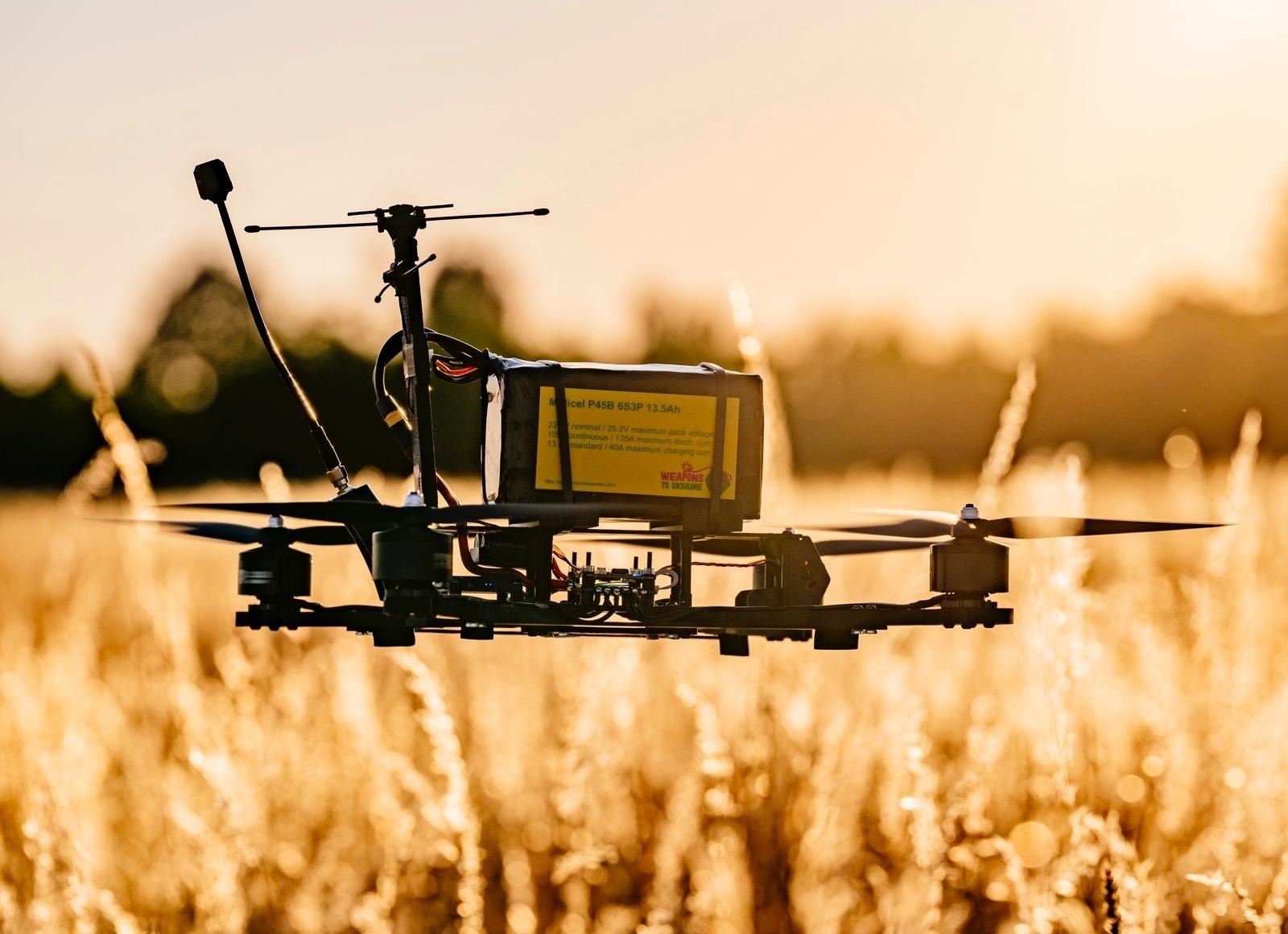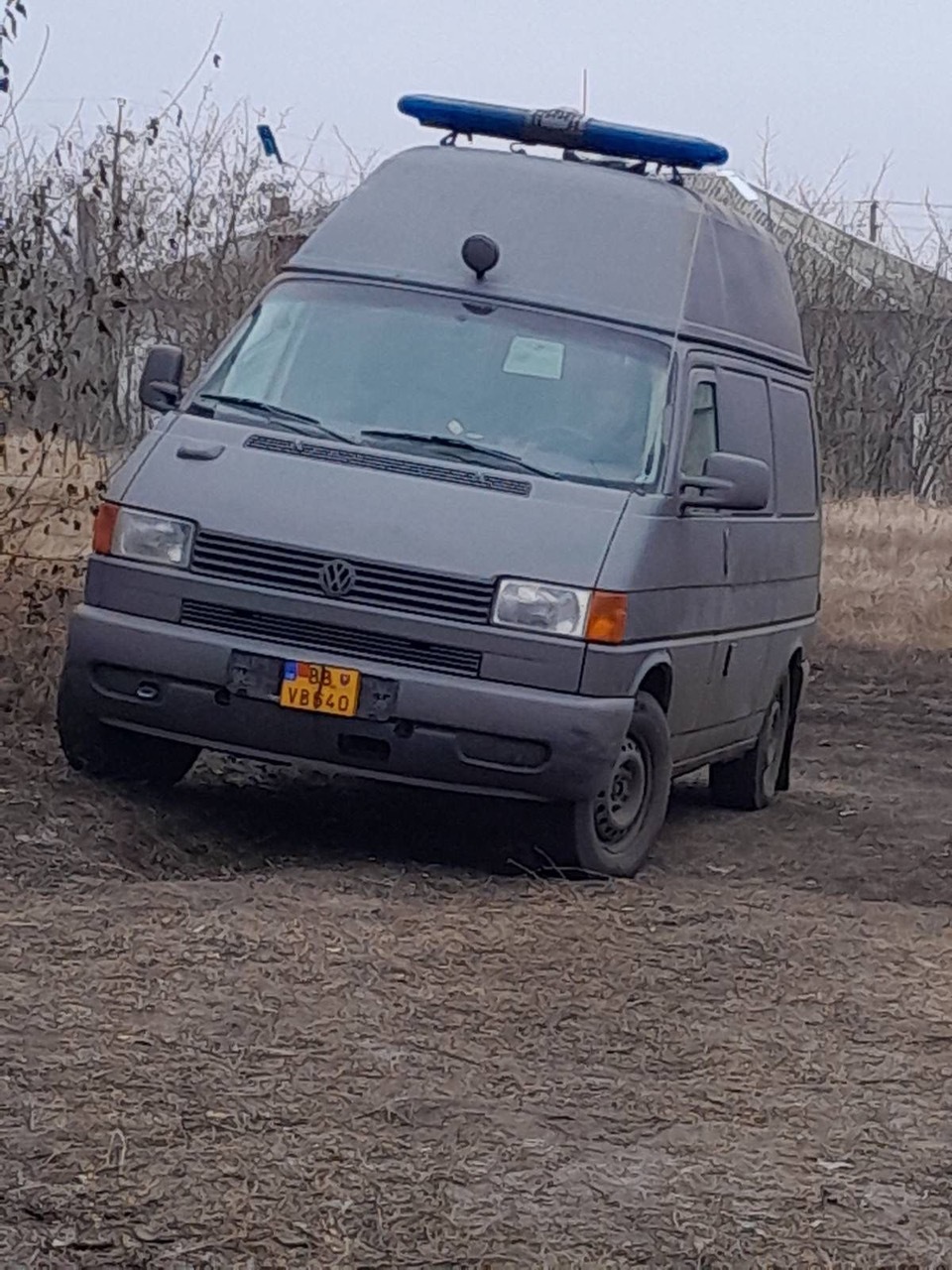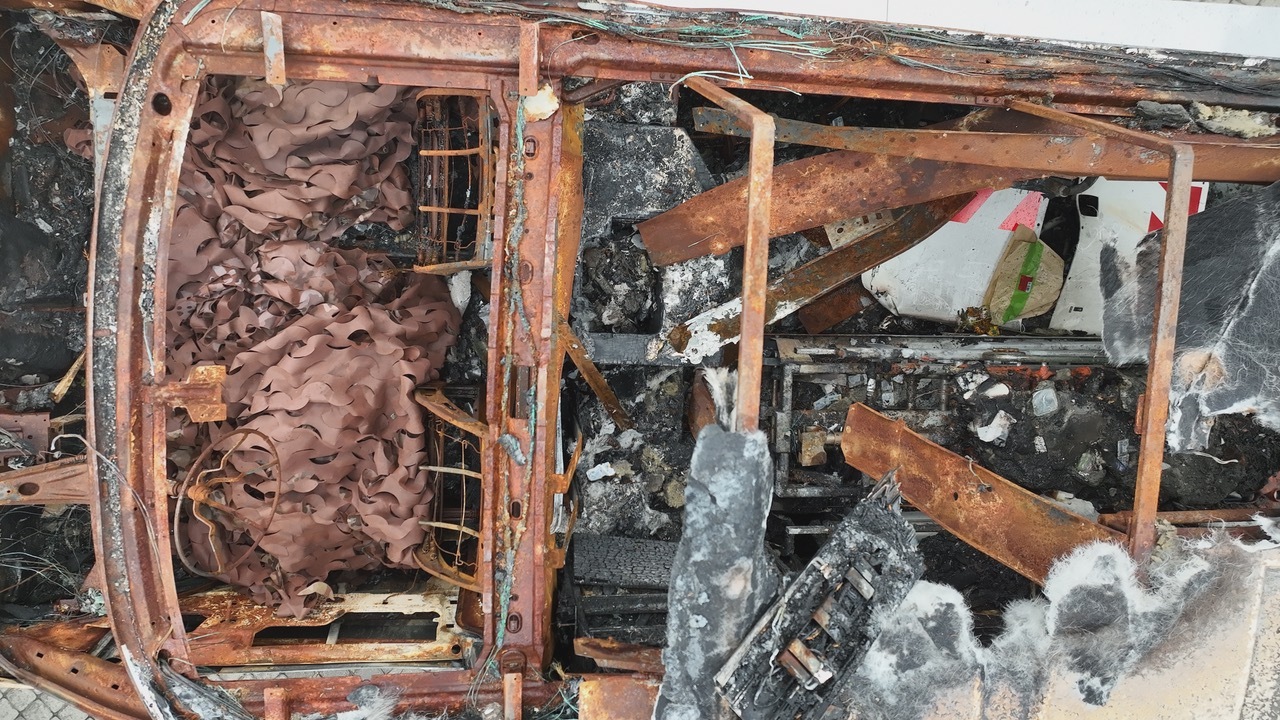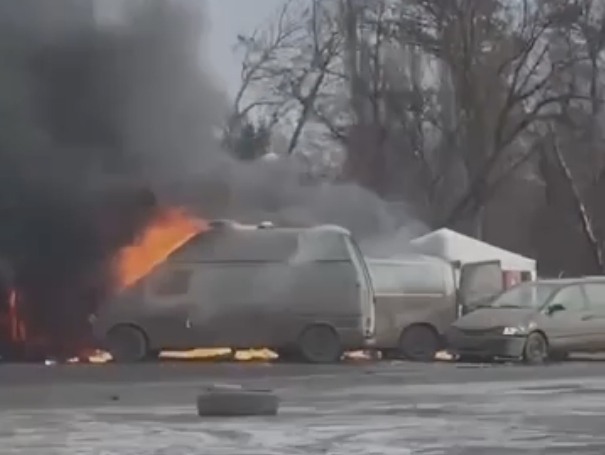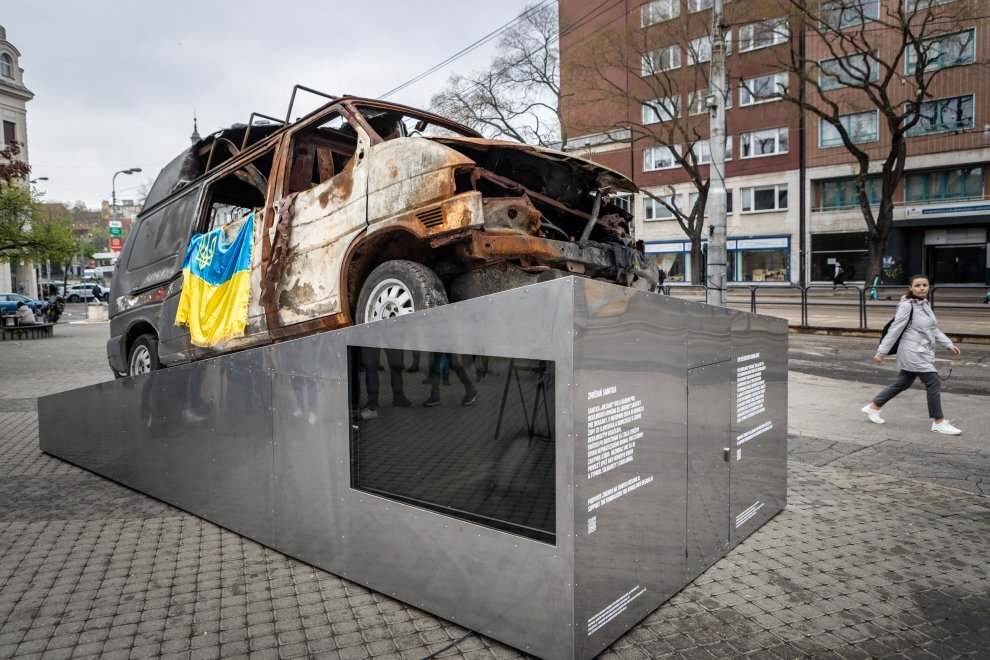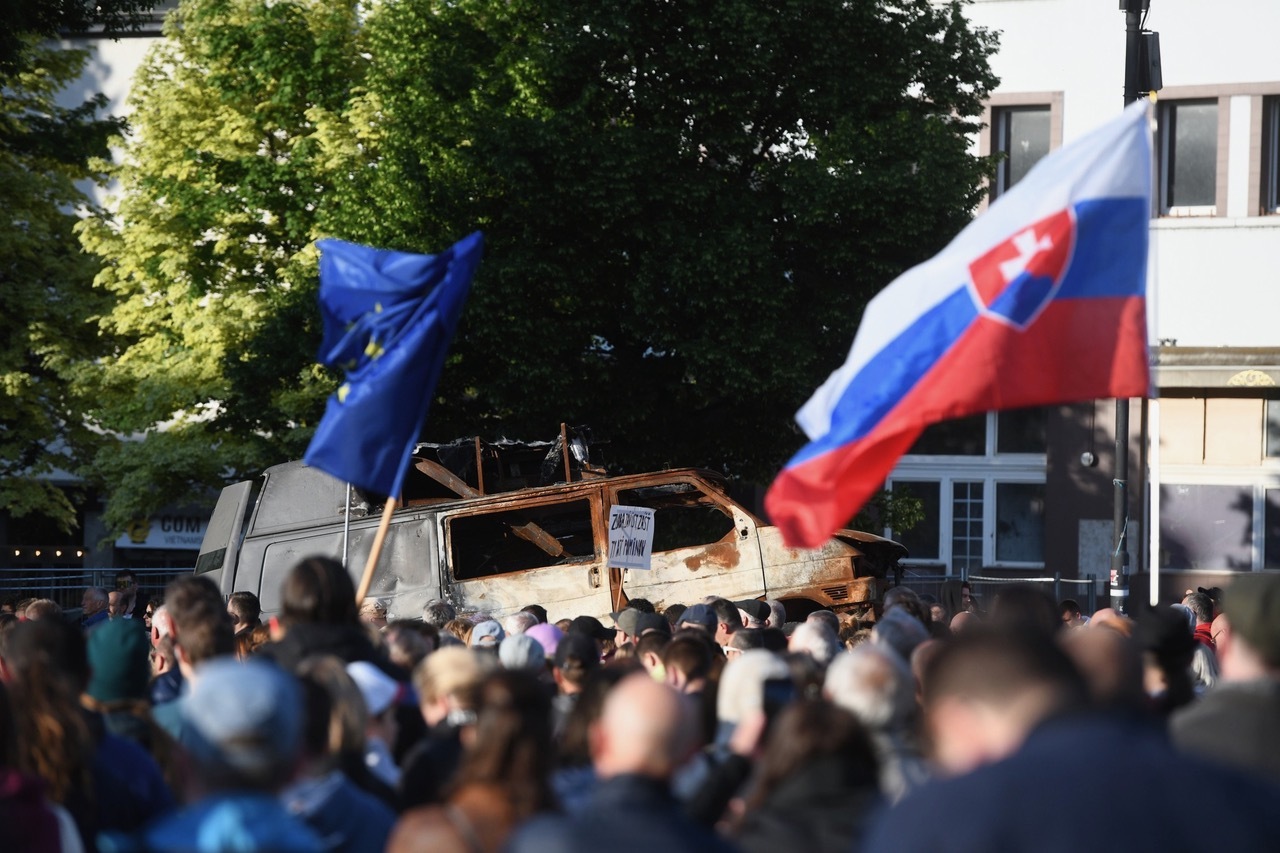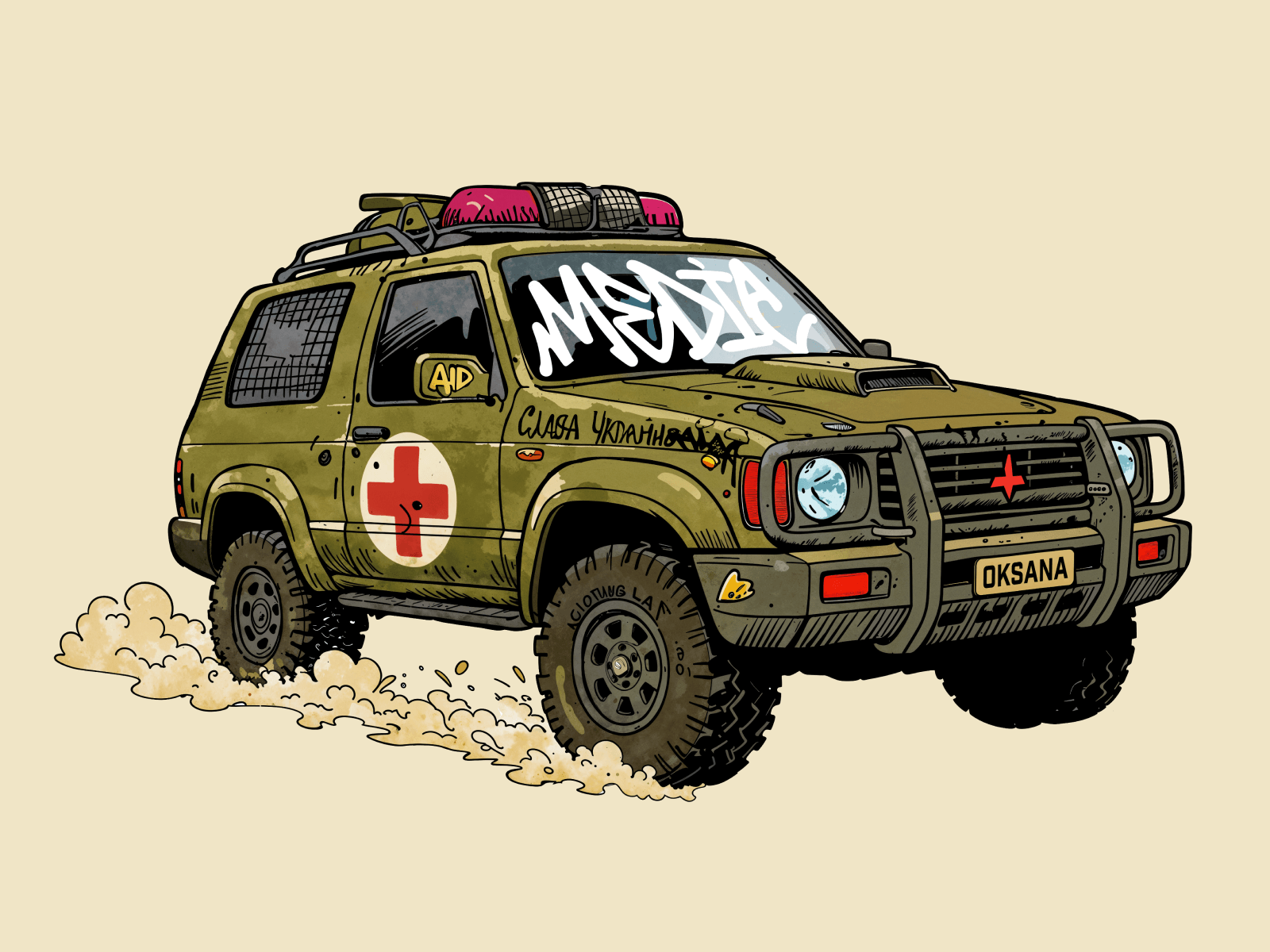

Oksana 50: evacuation ambulances for Ukraine
Join us and help save the lives of Ukrainian defenders. Help us send 50 evacuation ambulances to Ukraine.
We will not be buying new vehicles. One of the brigade commanders near Kharkiv recently told us: “God save us from cars full of electronics.” It’s simple – the more electronics, the higher the risk of breakdown. In addition, some types of “radars” make these cars “light up” more than others.
“I need my boys to be able to fix a car with a wire and a hammer,” the commander said. We have received requests from specific units specifying exact makes and years of production. It only makes sense to bring to Ukraine cars that local mechanics know, have spare parts for, and can repair even in field conditions. That is why we will buy older models of Mitsubishi L200, Toyota Hilux, Ford Ranger, and VW Amarok.
We want to buy vehicles that can handle off-road driving without difficulty. Pick-up trucks with a loading bed that medics can use to quickly place a wounded soldier and together cover 5–10 critical kilometers from the frontline. We will also purchase a few standard ambulances suitable for transporting the wounded from field hospitals to regular ones.
We do not plan to paint the vehicles in a uniform military color – quite the opposite. Every green, olive, or khaki car becomes a direct target. The more civilian the color, the better the camouflage.
The purchase of vehicles will take place in various locations across Europe. A specialized team of technicians takes care of everything: they thoroughly inspect each vehicle on-site and negotiate a better price. All cars will then undergo a service inspection focused mainly on the engine, brakes, lights, and tires. We don’t care about how the cars look or what extra features they have. However, we will equip all of them with a tow hitch.
After servicing, the vehicles will be stored in a guarded parking lot. We don’t yet know exactly when we will transport them to Ukraine – maybe at the beginning or end of the year, maybe sooner, maybe later. It depends on many circumstances. Above all, it depends on how quickly we can raise the necessary funds. And that depends on you as well. Thank you!
The story of Oksana
In November 2024, seven women from Slovakia set out on a journey to Ukraine — a journey not only about kilometers, but about courage and solidarity. They brought Ukrainian servicewomen evacuation ambulances, which in an instant become the line between life and death. Their unconventional female convoy wanted to remind the world that women, too, carry an enormous burden of war.
On the way, one of the cars suffered a gearbox failure — but it did not give up. Along with it, neither did the girls from the convoy, documentary filmmaker Dorota Vlnová and photographer Andrea Kalinová. It was more than just a machine. It was a companion that demanded a name, and thus the ambulance Oksana was born.
Her short life near the front began in the hands of Varvara, commander of the 38th Marine Brigade. Oksana served near Pokrovsk. She saved the wounded, carrying them out of the hell of the front back to hope. But after just two months, on January 27, 2025, her journey ended tragically. After returning from a rescue mission, she was struck by a Russian drone. The place where she was meant to bring salvation became a grave — two soldiers and one civilian were killed in the attack.
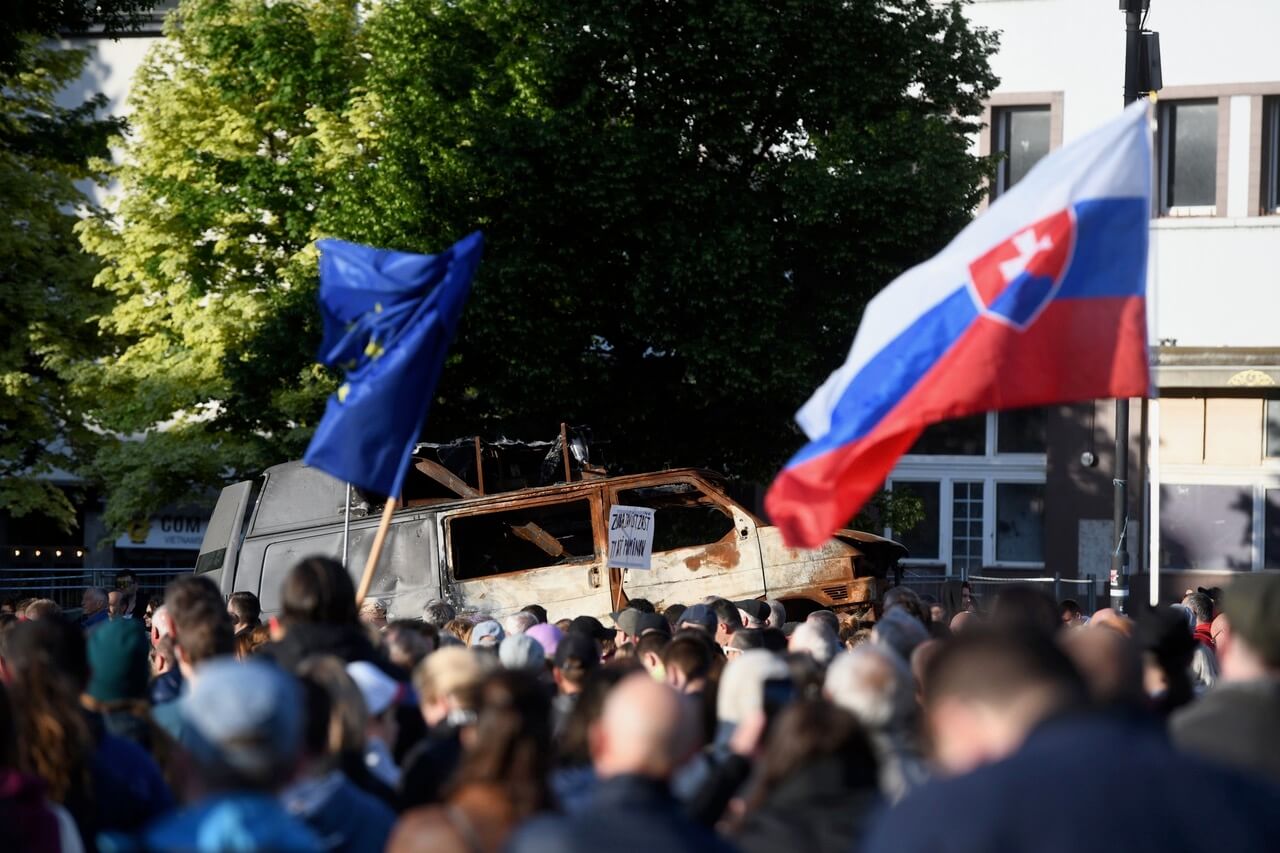
To bring her back to Slovakia as a reminder of the war. As a powerful symbol of destruction, she would stand in public spaces, her broken body bearing witness to a truth that cannot be denied or twisted.
The rescue of Oksana was an adventure in itself. She was located near the front line in the village of Rodynske, constantly watched by Russian drones. It was dangerous, and yet a special unit of the Ukrainian marines managed to take her away. Then, over a thousand kilometers, from hand to hand, through friends and strangers, she slowly made her way home — first to Uzhhorod and then further to Slovakia. Thanks to many helpers, experts, and even diplomatic steps, the Armed Forces of Ukraine agreed to lend her to us as a war artifact. After a series of exhibitions in 15 cities across Slovakia and the Czech Republic, at the end of 2025 she will return to Ukraine — this time as part of history. She is expected to be displayed in a military museum in western Ukraine as a warning for future generations.
Since April 2025, tens of thousands of people have seen Oksana in the streets of Slovak and Czech cities. Everyone who stood face to face with her felt the same: war is not just a number in a report, not just a distant reality. It is a specific vehicle with a burnt-out interior, it is iron steeped in blood and pain.
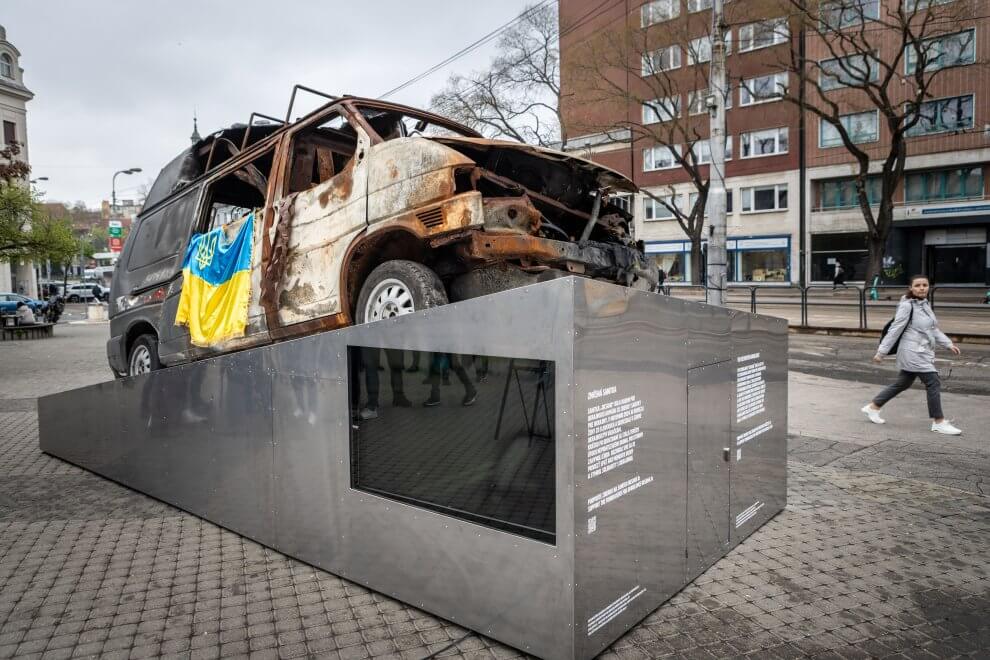
For most people, Oksana has become an object of reverence and a temporary memorial. People bring her flowers, light candles. Others, blinded by hatred, attack her with words or even with their hands. But neither vandalism nor hateful comments can overshadow the fact that most people respond with feeling, empathy, and respect. There are always locals who take care of her as if she were a living relative.
We want Oksana’s legacy not to remain solitary. Every donation, every act of support means that one destroyed Oksana can be replaced by fifty new ones, which will serve where every second makes the difference between life and death.
Help us save more lives. Help us ensure that the death of Oksana does not end in silence, but gives rise to hope.
Top teams
Share your personal link to the campaign and help complete it. It’s also ideal for birthday parties and charity events. You can set it up in just a few seconds.
Milestones
Name


100% of the money goes to Ukraine
Your donations are used in full for the purpose stated in the campaigns.
Buy a t-shirt, support us
The costs associated with the campaigns are financed from t-shirt sales.
The gift for Putin was initiated in 2022 as a project to support the defense of Ukraine. In 2023, we became an independent non-profit organization. Supporting Ukraine’s defense, we collaborated with the Embassy of Ukraine in Prague to send equipment worth over 1 billion CZK, and we will continue doing so until Ukraine is free and safe again.

How do I get confirmation of my donation?
Select any campaign and if you leave the “I want a donation confirmation” option checked, a form will automatically appear where you can enter all the necessary information. Once you complete the payment, the confirmation will be sent to your email automatically. For card payments it’s immediate, for bank transfers it may take a few days.

